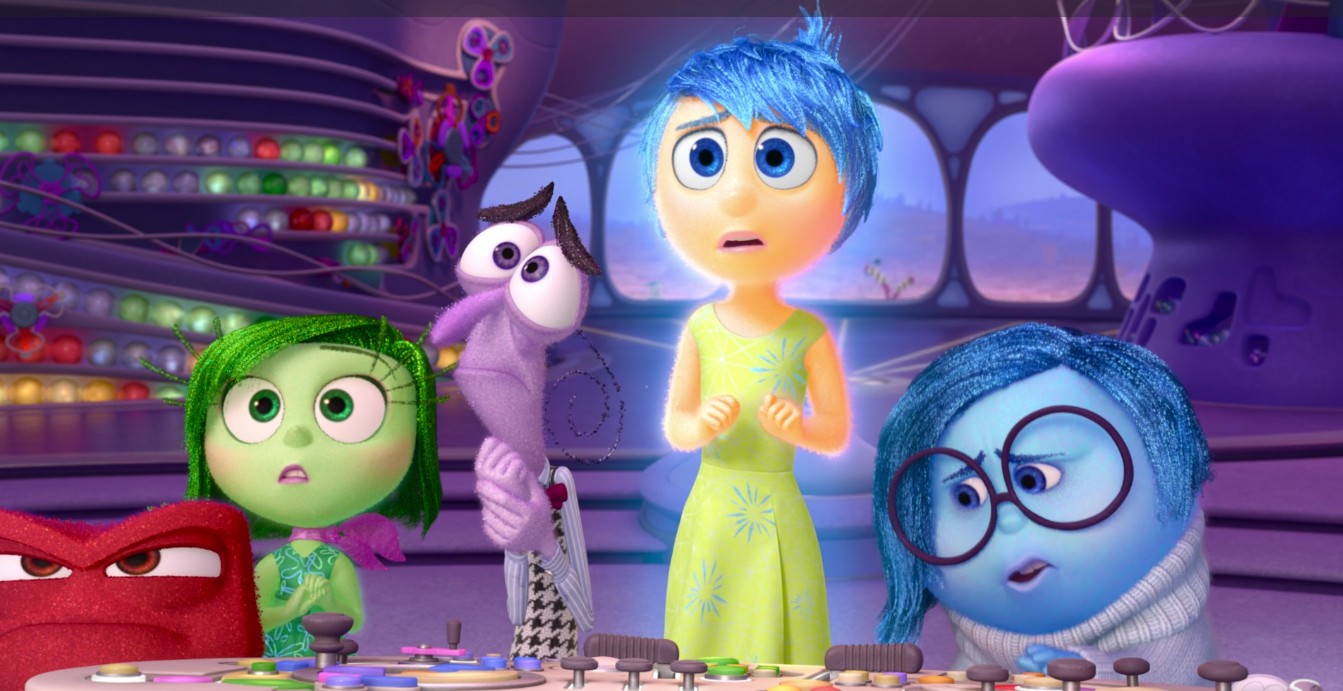Today, I had the pleasure of watching “Inside Out,” a film by Pixar Animation Studios. One of my goals for this year is to catch up on all the movies I missed and to catch up on life. After seeing the trailer for “Outward,” I was motivated to watch a Pixar film. To be honest, I couldn’t think of one, which is how behind I am on movies. I searched on YouTube, and the first one to come up after “Outward” was “Inside Out.” This movie fell into my lap at the perfect time.
***Spoilers***
The movie is about an 11-year-old girl’s life, told through the perspective of her emotions: Joy, Sadness, Anger, Disgust, and Fear. These emotions are portrayed as characters, and the story shows how they work together to shape a person’s experiences throughout the day.
At the beginning of the movie, everything was going well for the main character, Riley. Most of her memories were happy ones, and she had a great relationship with her parents. She enjoyed school and had friends. Life was a blast. That is, until her family moves from Minnesota to San Francisco.
Murphy’s Law
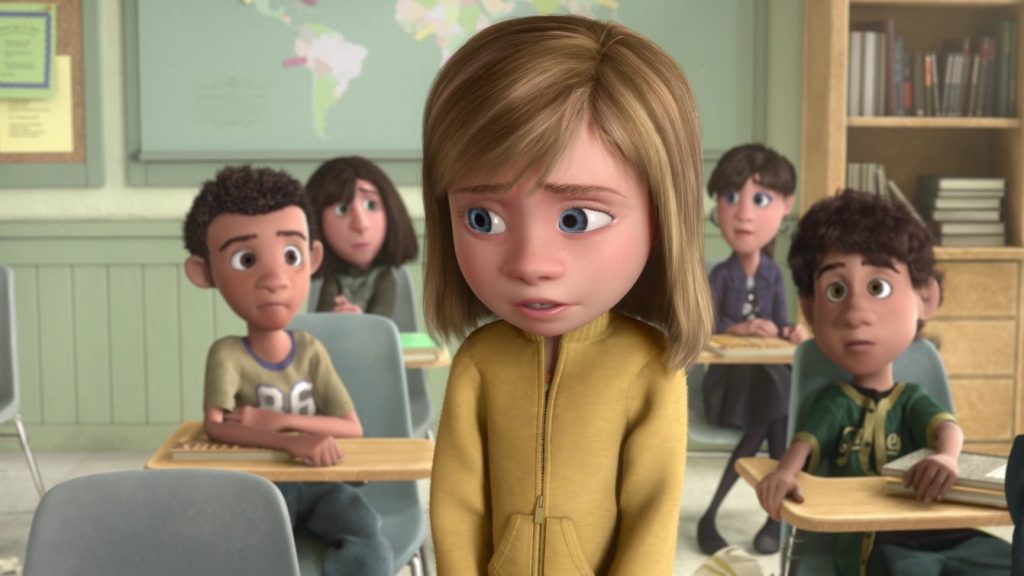
Initially, Riley was excited about the move, but once they arrived in San Francisco, things started to go wrong. The house they were moving into needed a lot of work, the moving van’s arrival was delayed, and her father had to work on their first day there. Even something as simple as getting pizza was a struggle. Keeping Riley happy was challenging, and Sadness kept trying to touch memories, turning happy memories into sad ones.
Without giving too much away, the story takes a turn when Sadness accidentally touches a core memory, making it sad. This leads to an adventure for Joy and Sadness, and ultimately, a valuable lesson is learned.
Too Much of a “Good” Thing
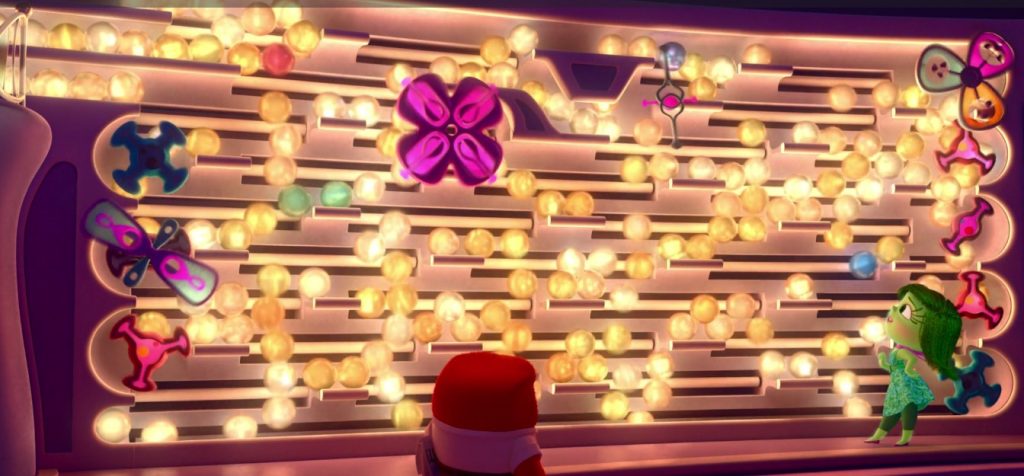
Watching “Inside Out” made it clear that the memories presented in the film, most of them yellow (symbolizing happiness), were not an accurate representation of Riley’s true feelings. Riley was not happy all the time. In life, we will experience a spectrum of emotions, and it’s normal to feel sad, angry, fearful and disgusted at different times.
Throughout the film, Joy was trying to suppress the “bad” emotions so that Riley would always be happy. But this is not a healthy way of dealing with emotions. The journey that Sadness and Joy went on made Joy realize that all emotions make up Riley’s personality, and if we suppress our feelings and emotions, they will come out in other ways.
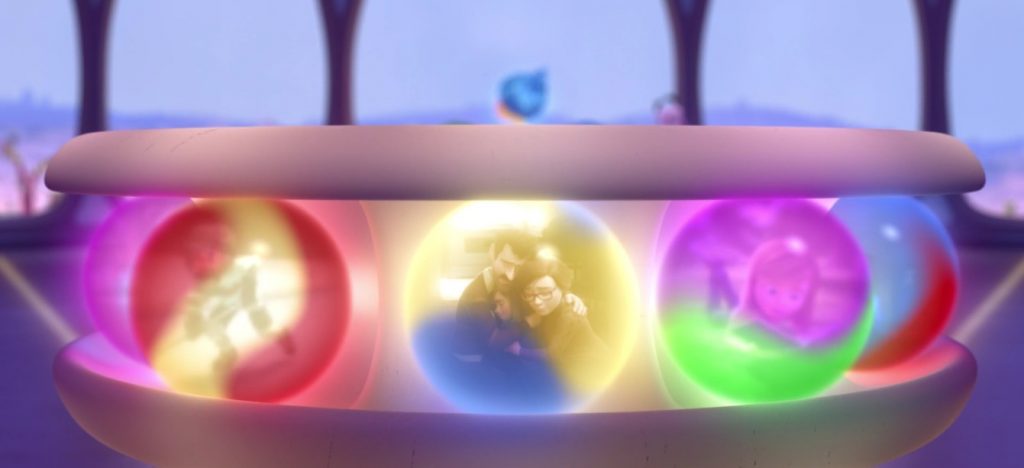
Pixar did an excellent job of visualizing how our brain works, how memories are made and how they are preserved. Obviously, it’s not an accurate depiction of how our brains work, but I believe that many people who watched the movie ended up thinking more about their own emotions and memories. In the end, the memory orbs (balls) reflected Riley’s feelings throughout each day, and the mix of colors in the orbs showed how Riley has matured. Joy, Sadness, Disgust, Anger, and Fear needed a new console to properly respond to the more complex situations that Riley will encounter as she grows up.
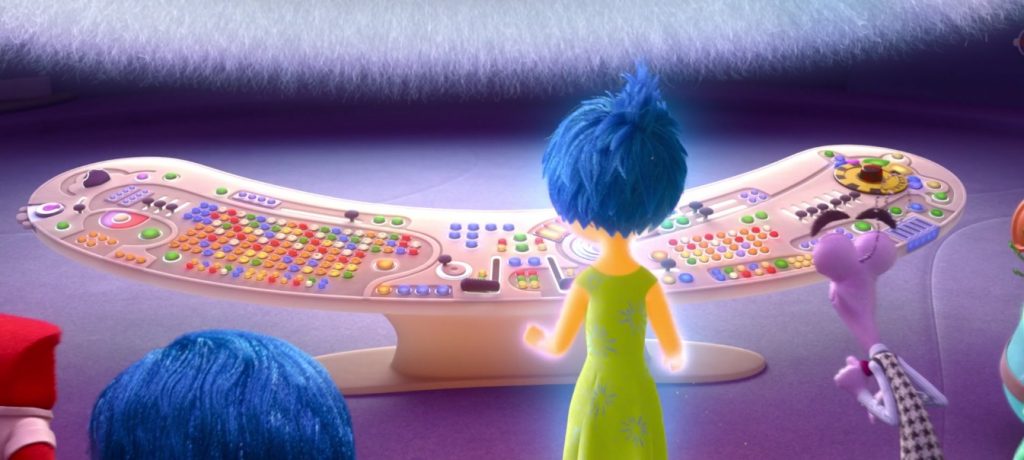
What I Learned
The movie came at the perfect time for me, as it reminded me that it’s okay to feel. Life is filled with challenges, and some are easy to resolve, while others can seem emotionally draining. May 2019 was a particularly challenging month for me. Two of my cousins passed away within two weeks of each other, and there were also a myriad of other issues that I’ll share at a later time. For a while, I felt like I was drowning, trying to keep it all together, but this movie reminded me that it’s important to feel and process my emotions.
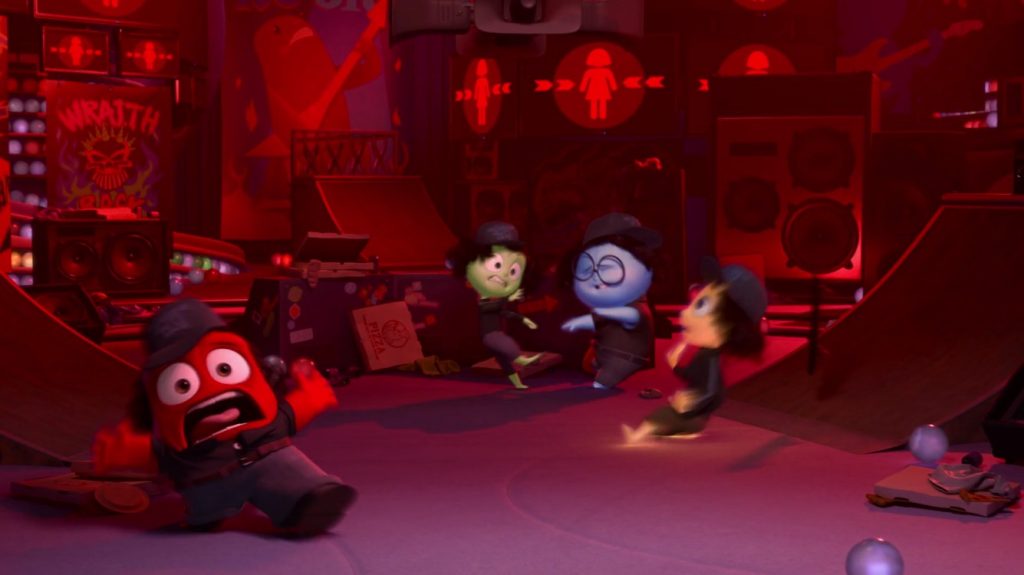
As I watched the memory orbs in the film, I realized that I didn’t want my own memories to be “only” happy. I want my memories to accurately reflect the journey that life has presented me and how I responded to it. There will be times that I feel sadness, but I should not let it consume me, just as I shouldn’t try to be happy all the time. Even as I type this, I can visualize the memory orbs and I realize, if mine were visualized, they would be gray.
It’s time for me to fix that.
